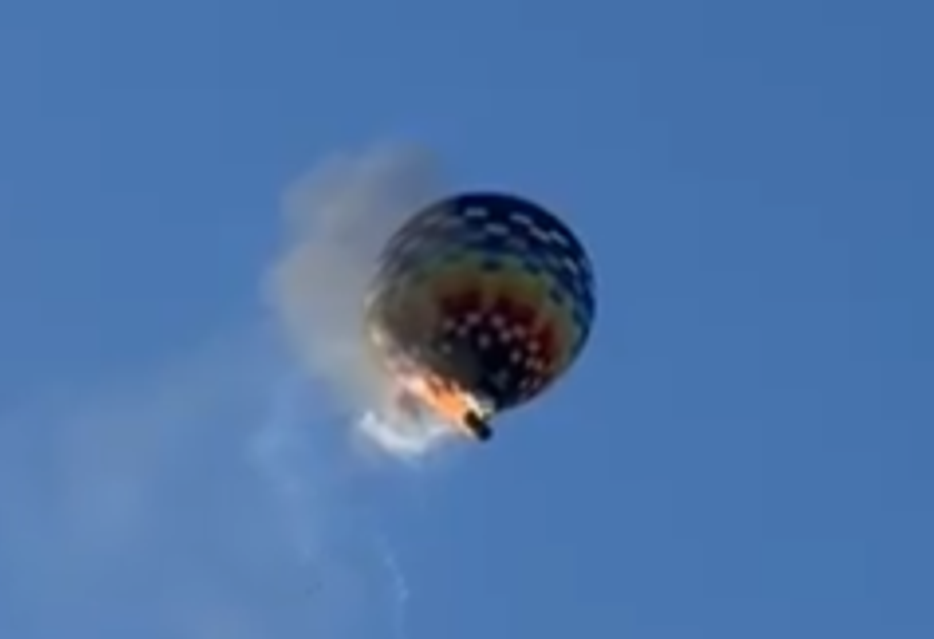Brazil Hot Air Balloon Accident Kills Eight
The crash is one of two fatal hot air balloon accidents to occur in Brazil in recent days, with the country's aviation authorities likely to face scrutiny over safety standards. The incident has also raised questions about the use of blowtorches in hot air balloons, and whether additional safety measures are needed to prevent such accidents.

A hot air balloon caught fire and crashed in southern Brazil, resulting in the deaths of at least eight people, with 13 survivors being treated in local hospitals. The incident occurred in Praia Grande, a popular destination for hot-air ballooning, on a day with clear weather.
The balloon's basket plummeted to the ground in flames, with witnesses describing desperate scenes as occupants tried to escape the fire. Some people were seen hurling themselves out of the balloon to escape the flames, while others were trapped inside. The pilot, who survived the crash, reported that the fire was sparked by a blowtorch in the basket.
This is the second fatal balloon accident in Brazil in recent days, following a death during a ride in southeastern Sao Paulo state. The incident has raised concerns about the safety of hot-air ballooning in the country. An investigation has been launched to determine the cause of the accident and prevent similar incidents in the future.
Praia Grande, where the incident occurred, is a major tourist destination known as the "Brazilian Cappadocia" due to its scenic landscape. The town is a popular spot for hot-air ballooning, and the incident is likely to have an impact on the local tourism industry. The survivors of the crash are being treated in local hospitals, and an investigation is ongoing to determine the cause of the fire.
The incident is a tragic reminder of the risks involved in hot-air ballooning, and the need for strict safety measures to be in place to prevent such accidents. The investigation into the cause of the fire is ongoing, and it is hoped that it will provide valuable insights into how to prevent similar incidents in the future.